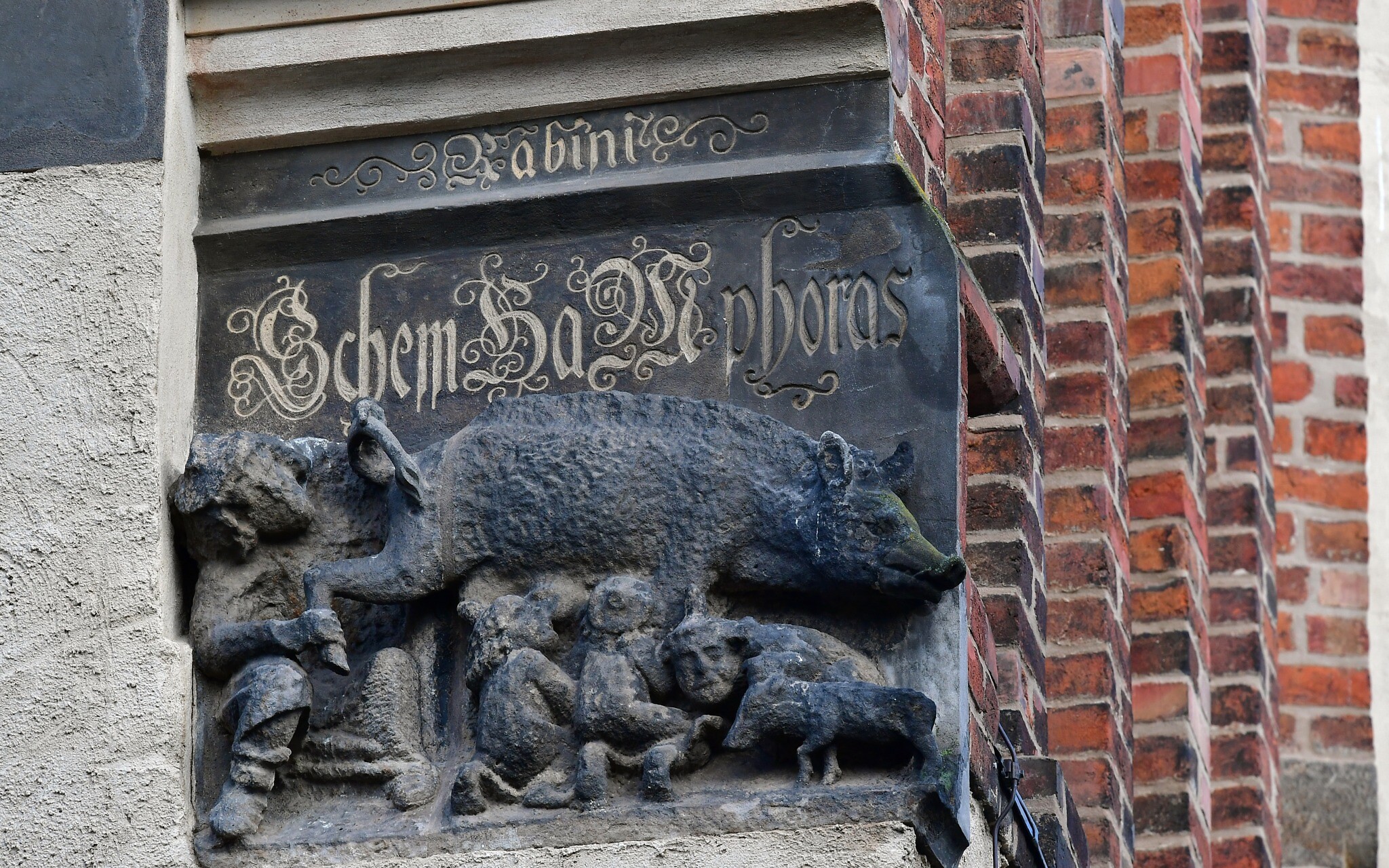Community engagement is vital—now more than ever—for fostering a more inclusive understanding of the liberal arts and sciences in this current world. Following a brief hiatus during the early years of the COVID-19 pandemic, the CLA Engagement Hub (located in Pillsbury Hall) began hosting residencies in 2021-2022. Scholars from the university have since partnered with community members to promote shared interests within the public spaces of both Pillsbury Hall and the larger Twin Cities metro.
In this piece, we are highlighting a recent public art exhibition that features one of the current Engagement Hub residents, Voice to Vision. Professor Feinberg also holds a CLA Engagement Hub residency for the 2022-2023 academic year, and is continuing his collaborative project with various storytellers with connections to the Twin Cities.

